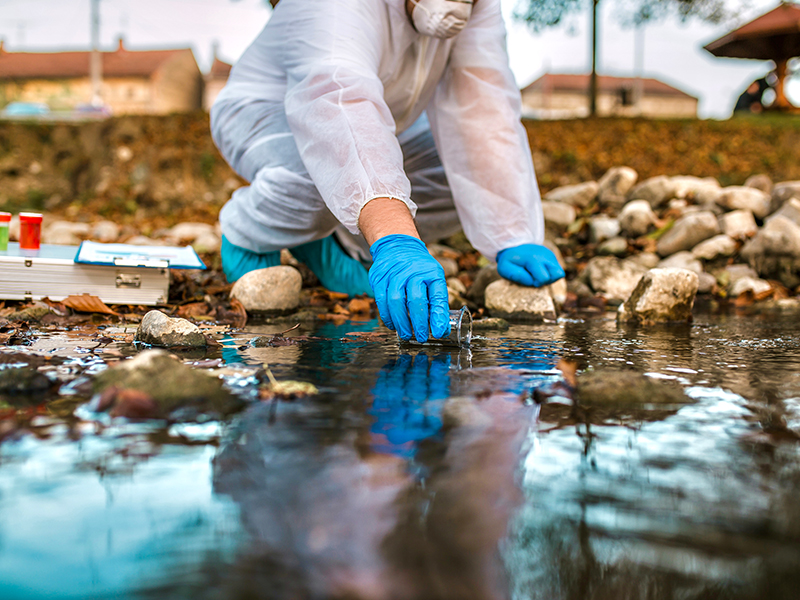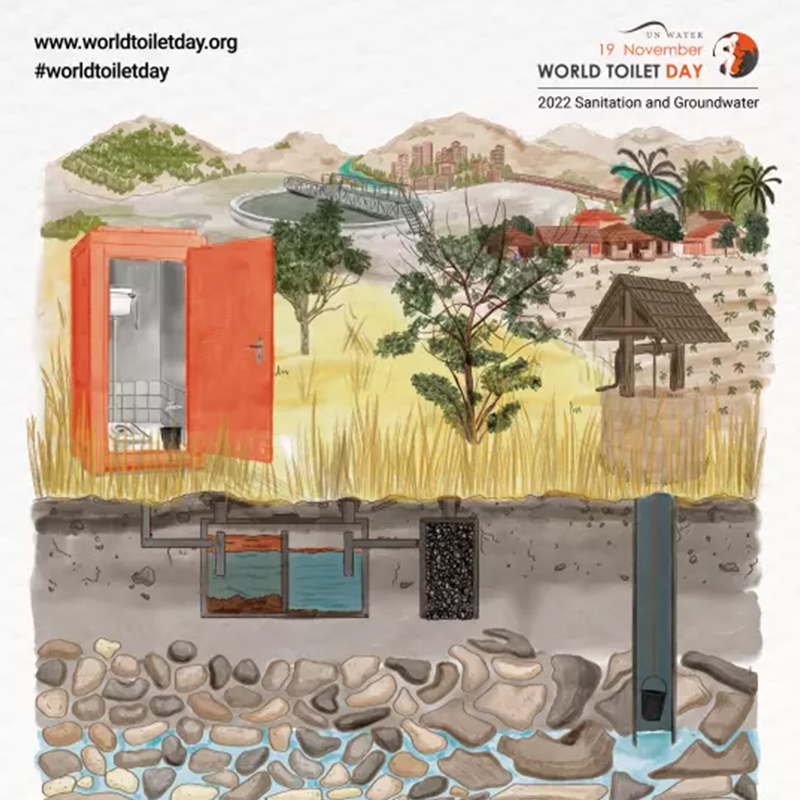”More than 1 in 5 people don’t have access to a toilet, and almost 1 in 2 lack safe sanitation services. The result? More than 1.5 million people die every year from diarrhoeal diseases including cholera, which is resurging alarmingly in many countries.” – Dr Tedros, WHO
November 19th is World Toilet Day (WTD). This year, WTD focuses on the impact of the sanitation crisis on groundwater. Groundwater is our most abundant source of freshwater, as it supports our drinking water supplies, sanitation systems, farming, industry, and ecosystems. As climate change worsens and population grows, groundwater supplies are vital for our survival.
Unfortunately, inadequate sanitation systems continue to pollute groundwater and thus our water resources by spreading human waste into rivers, lakes, soil and so on. However, as this happens not only underground but also in the poorest and most marginalised communities, this problem seems invisible to most of us.
Ensuring universal access to safe sanitation systems is essential in reducing the spread of infectious diseases, improving nutritional outcomes and generally in protecting public health. management4hhealth provides capacity building to our partners in developing and applying guidelines and tools on sanitation and health. We apply risk assessment to identify, prioritise, manage, and monitor coordinated action to protect public health.
Sustainable Development Goal 6.2 is the world’s promise to ensure safe toilets for all by 2030. This means everyone having access to a toilet connected to a sanitation system that effectively collects, treats, and disposes of human waste. However, we are seriously off track to meet this target. Time is running out, we must make the invisible visible! The connection between sanitation and groundwater cannot be overlooked.
See more under https://www.worldtoiletday.info/?nm=2022-11




